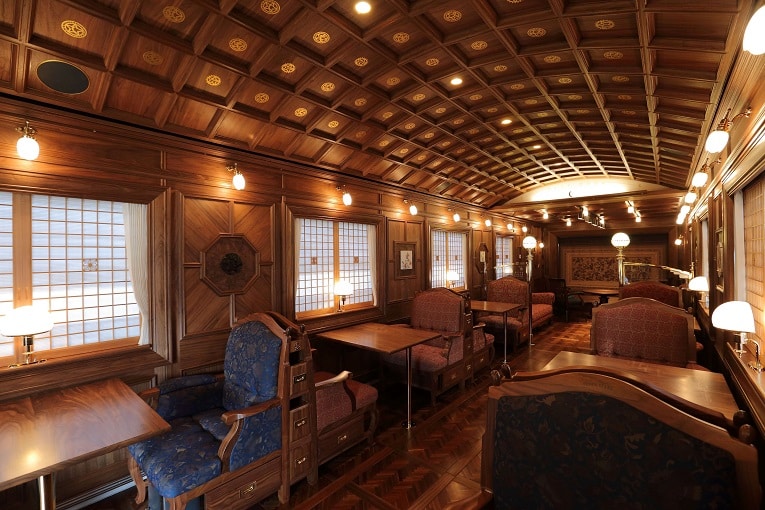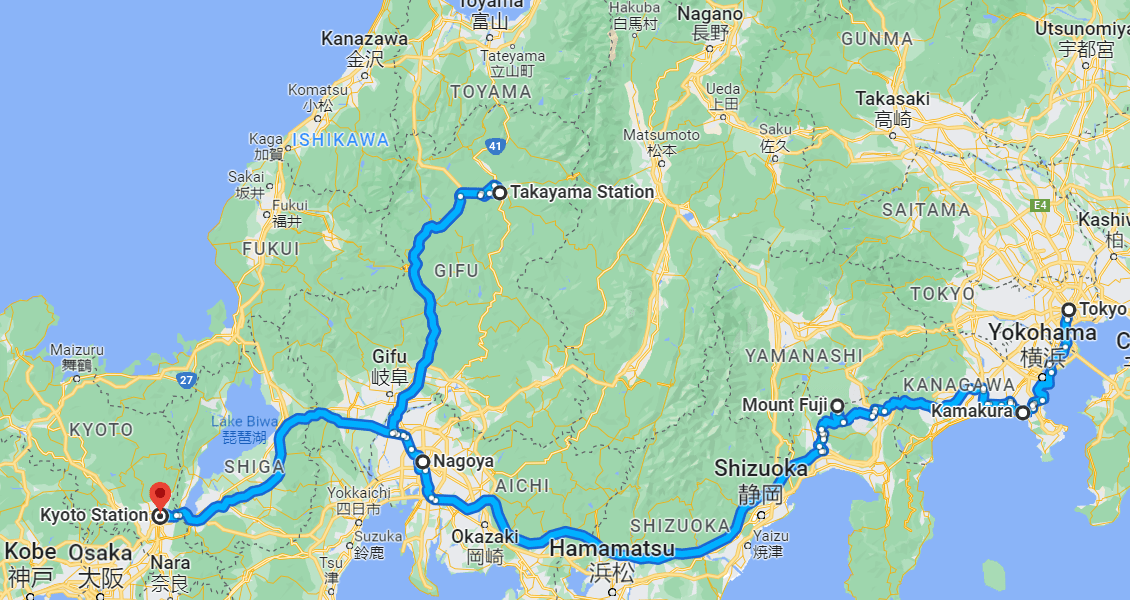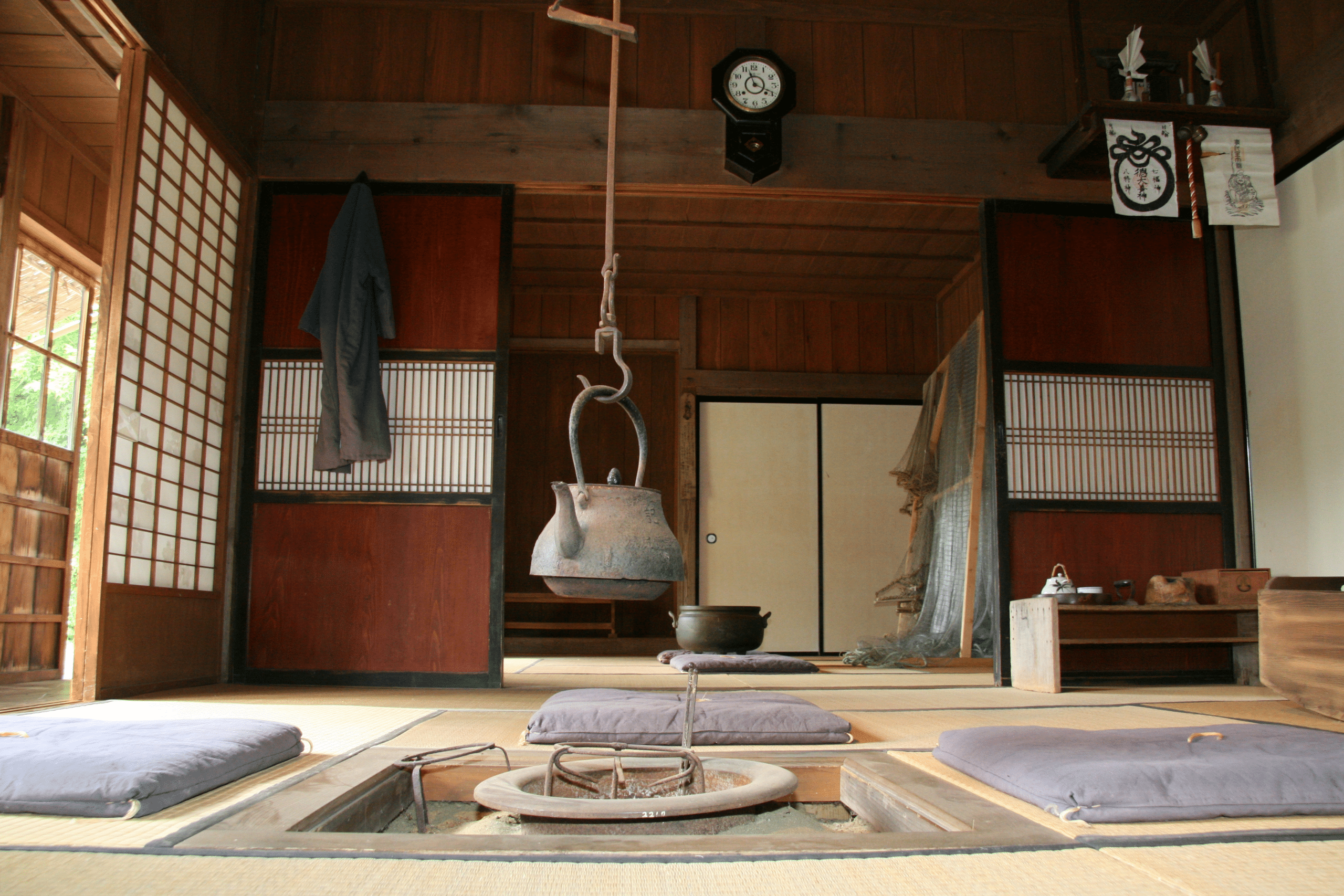The unrivalled hospitality and attention to detail, coupled with rich culture and tradition, makes Japan one of the world’s most luxurious travel destinations. From Michelin-starred traditional dining experiences to luxury hotels surrounded by World Heritage sites, there’s plenty of variety for those seeking the ultimate first class experience
.
Dining
Celebrate the joys of life at Michelin-starred Kikunoi
With three Michelin stars under its belt, the world-famous
Kikunoi is a highly acclaimed Japanese restaurant serving a traditional multi-course dinner,
kaiseki-ryori. Currently headed by Chef
Yoshihiro Murata, Kikunoi is named after the chrysanthemum-shaped well that his ancestors guarded for their lord. Embodying the concept of
kirei-sabi, which means to convey powerful elegance and beauty without being too showy, the flagship restaurant in Kyoto’s historic Higashiyama district is set in a traditional manor which resembles a samurai residence. Chef Murata regards Kikunoi as a “living museum” where every element tells a story of the Japanese heritage, tradition and culture. In line with this, the restaurant uses exquisite tableware and decor which were carefully curated to complement the food and reflect the season. Believing that restaurant dining is a celebration of the joys of life, Chef Murata uses the only the finest seasonal ingredients sourced from all across Japan with the aim of delighting and surprising guests through constant innovation. Reservations are required and can be made
online.
Transport
Travel through Kyushu in luxury
Launched in October 2013, the Seven Stars
Kyushu is Japan’s first luxury sleeper train. With an aim of promoting
Kyushu to the world, its name represents the seven prefectures of Kyushu Island and is also a tribute to the seven major attractions of Kyushu - nature; food; onsen; history & culture; “power spots” to refresh the mind, body and soul; humanity; and trains. The exterior of the train features a gold Seven Stars emblem against the royal wine red colour of the seven cars. The first and seventh cars feature panoramic windows, giving guests full visibility of the beauty of Kyushu. In line with showcasing tradition and culture, the train features a
ryurei style tea room which has chairs for guests instead of having them kneel on the floor. With just 10 guest suites on board, the train is exclusively furnished for a maximum of 20 guests. Journeys also give guests a unique culinary experience, with food on board being prepared by accomplished chefs who represent Kyushu. Applications for trips between October 2023 and March 2024 are now closed, but travellers can look forward to applications for spring to autumn 2024 journeys opening in October 2023.
Experience Eastern Japan in style
The luxurious Train Suite
Shiki-Shima offers the ultimate hospitality experience, transporting passengers around
Tohoku and Hokkaido in ornate gold-lined carriages. With the first and last carriages designed as observation decks, guests on the train can view the sweeping landscapes of Japan. The train’s wooden interior is designed to resemble tree branches stretching into the sky. Dining on the Shiki-Shima offers sensational culinary delights, made with nourishing seasonal ingredients sourced from the various regions of eastern Japan. Guests can unwind in a selection of the Suite Rooms, which showcase specially-made baths made from 300-year-old cypress wood from Nagano prefecture.
Accommodation
Luxury surrounded by heritage, Nara
Located on the western edge of Nara Park, Shisui, a
Luxury Collection Hotel, is set to open on 29 August 2023. Surrounded by World Heritage sites such as the Kasuga Taisha Shrine, Kofukuji Temple and the Todaiji Temple, the hotel seeks to marry tradition with modernity. Featuring eight buildings with a total of 43 guestrooms, where several offer private onsen either indoor, or open-air. Situated amidst the Yoshikien area which houses a teahouse, pond and moss garden, the hotel derives its name from the
Shikan Suiyou which translates to “purple trunk and green leaves”, reminiscent of the scenic vistas which have been cherished in Nara since ancient times.
Luxurious city getaway, Shibuya
Set to launch on 1 September 2023 in Tomigaya, Shibuya, TRUNK(HOTEL)
Yoyogi Park is located in the heart of Tokyo, within close proximity to the lush greenery of Yoyogi Park. The hotel will feature 25 guest rooms, as well as a rooftop infinity pool with views over Miyashita park. Designed to work in tandem with the landscape surrounding it, the hotel seeks to invite guests to find both solace and stimulus in the heart of the city. TRUNK(HOTEL) Yoyogi Park will also be the first luxury boutique hotel to open in the area of Shibuya and with it will come TRUNK’s contemporary and design-led look.
Experience luxury amidst nature, Karuizawa
Step into the hidden oasis
HOSHINOYA Karuizawa. Nestled in a beautiful landscape of forests with rivulets cascading down a terraced hill and light streaming in between the trees, this resort village makes for a luxurious and relaxing getaway.
Guest pavilions on the property were built to match the gradations of the land they sit on, ensuring that the natural landscapes make their presence known, reflecting the resort’s decision to live with nature. The pavilions are also built such that they offer privacy and comfort, allowing guests to enjoy a peaceful and quiet getaway. HOSHINOYA Karuizawa also offers eco tours, forest wellness programmes and other outdoor activities, encouraging guests to fully immerse in and enjoy the enchanting natural surroundings during their stay. To ensure that guests get the most out of their experience, the resort has a minimum 2 night stay policy.



 United Kingdom
United Kingdom United States
United States Asia Pacific
Asia Pacific









